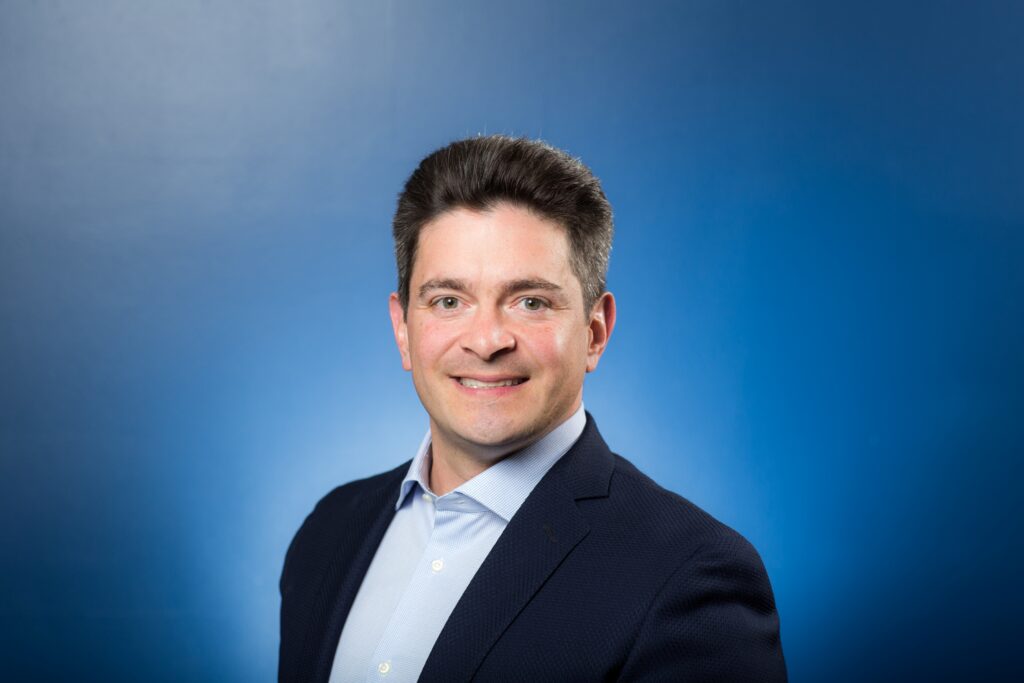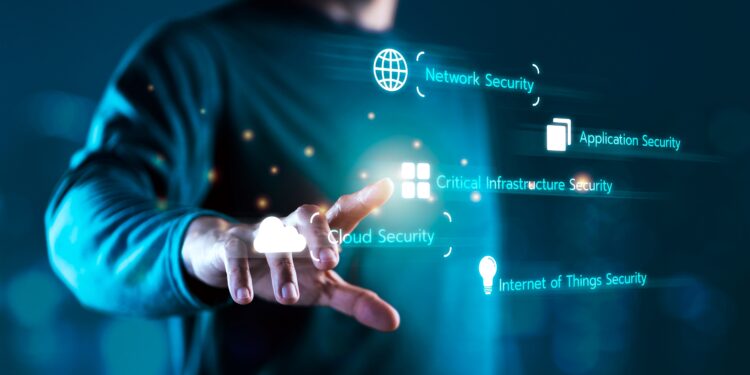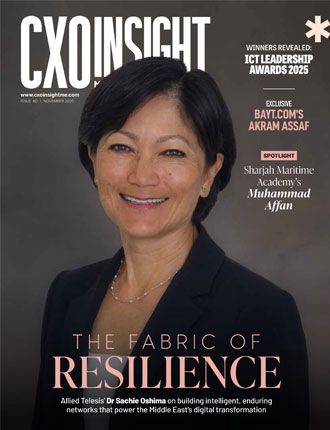
How is Nozomi Networks redefining cybersecurity for critical infrastructure in today’s threat landscape?
Critical infrastructure presents a unique challenge. Traditional IT security solutions simply don’t translate effectively to the operational technology (OT) and IoT environments. From day one, Nozomi Networks has focused on this space, pioneering innovation specifically around the convergence of OT and IoT security. We were the first to integrate artificial intelligence into asset and threat detection nearly a decade ago, and since then, we’ve consistently led with industry-first innovations—be it launching the first unified platform for vulnerability management, threat detection, and asset inventory, or expanding our coverage from network-based monitoring to endpoint and wireless spectrum visibility. Today, we’re empowering operators to adopt proactive risk management frameworks tailored for critical infrastructure—something that’s never been done at this scale before.
With IT and OT rapidly converging, where do you see the biggest security blind spots?
Wireless connectivity stands out as a major blind spot. As organisations embrace digital transformation, more systems are distributed and reliant on wireless technologies, even in remote or mobile environments. These connections, while essential, often go unmonitored, making them vulnerable. Beyond technology, the real issue is a lack of process maturity. Financial sectors have long battled cyber-attacks and, over time, developed strong defence mechanisms. In contrast, critical infrastructure has not experienced this same evolution—skills, practices, and even budgets are lagging. Ransomware has changed the game, transforming operational downtime into a monetisable event and forcing infrastructure operators to confront a threat landscape they weren’t prepared for.
Legacy systems weren’t built for today’s threats — how do you secure what you can’t modernise?
Most legacy systems were never designed with cybersecurity in mind, nor can they easily accommodate today’s security solutions. That’s why our approach is built around non-disruptive, technology-agnostic visibility. Nozomi’s platform integrates seamlessly into these environments by listening to network traffic passively—without altering it—through methods like SPAN ports or network taps. We’re able to decode and understand hundreds of outdated and proprietary protocols, even if the vendors who built them no longer support them. This ability to interpret and monitor legacy systems in a non-invasive way is now table stakes in our industry and is core to what we do.
Adversaries are using AI. Is the industry ready to fight AI with AI?
AI is significantly raising the bar for threat actors, allowing even mediocre attackers to operate with advanced capabilities. In response, defenders must also harness AI—but this battle can’t be fought alone. It requires a collaborative ecosystem that includes vendors like Nozomi, regulators, and operators. Fortunately, AI has been foundational to Nozomi’s technology since day one. We’ve embedded it into all layers of our platform—from highly accurate asset detection to dynamic threat analysis and risk-based prioritisation. This ongoing innovation ensures our customers can stay ahead in an increasingly AI-driven threat landscape.
5. What’s the most surprising cybersecurity trend you’re seeing in this region right now?
While AI dominates headlines, the real story is the rapid expansion of the attack surface—especially through IoT and wireless technologies. Every new connection introduces a potential entry point, and many organisations aren’t monitoring these new vectors adequately. Moreover, even AI itself can become a vulnerability when bad actors manipulate models or introduce poisoned data. As these technologies integrate deeper into operational environments, security teams need to stay agile and proactive to avoid falling behind.
6. Can you share a use-case that highlights the real-world impact of Nozomi’s solutions?
Recent geopolitical events have underscored the growing role of cyber as a weapon. In regions experiencing conflict, we’ve seen a dramatic increase in malicious activity targeting critical infrastructure. Nozomi’s solutions are instrumental in providing visibility, detection, and resilience in such high-stakes environments. Our technology has helped operators stay ahead of sophisticated threats—often preventing service disruptions that could have major economic and societal impacts.
7. What’s your vision for the future of OT and IoT security, and how is Nozomi positioned to lead it?
We believe in enabling the heroes of our digital age—the cybersecurity professionals securing critical infrastructure. Many of them have inherited OT security responsibilities without the tools, budgets, or training to handle them effectively. But that’s changing. As IT, OT, and IoT continue to converge, we’re going to see a stronger integration of security practices and technologies. Nozomi is positioned to lead this shift by continuing to innovate with AI-driven solutions, non-disruptive deployment, and deep protocol understanding. We envision a future where cyber defenders are empowered to enable transformation, regulators enforce clear standards, and digital infrastructure becomes both smarter and safer for all.










Discussion about this post